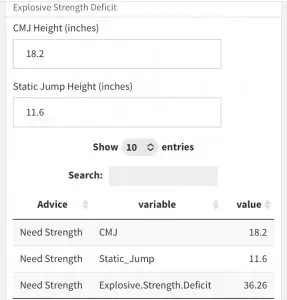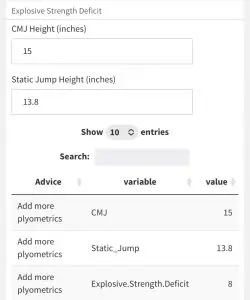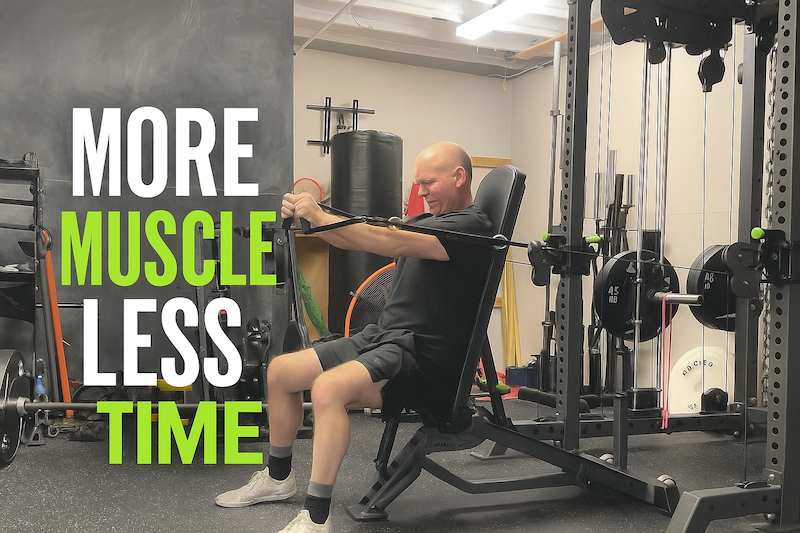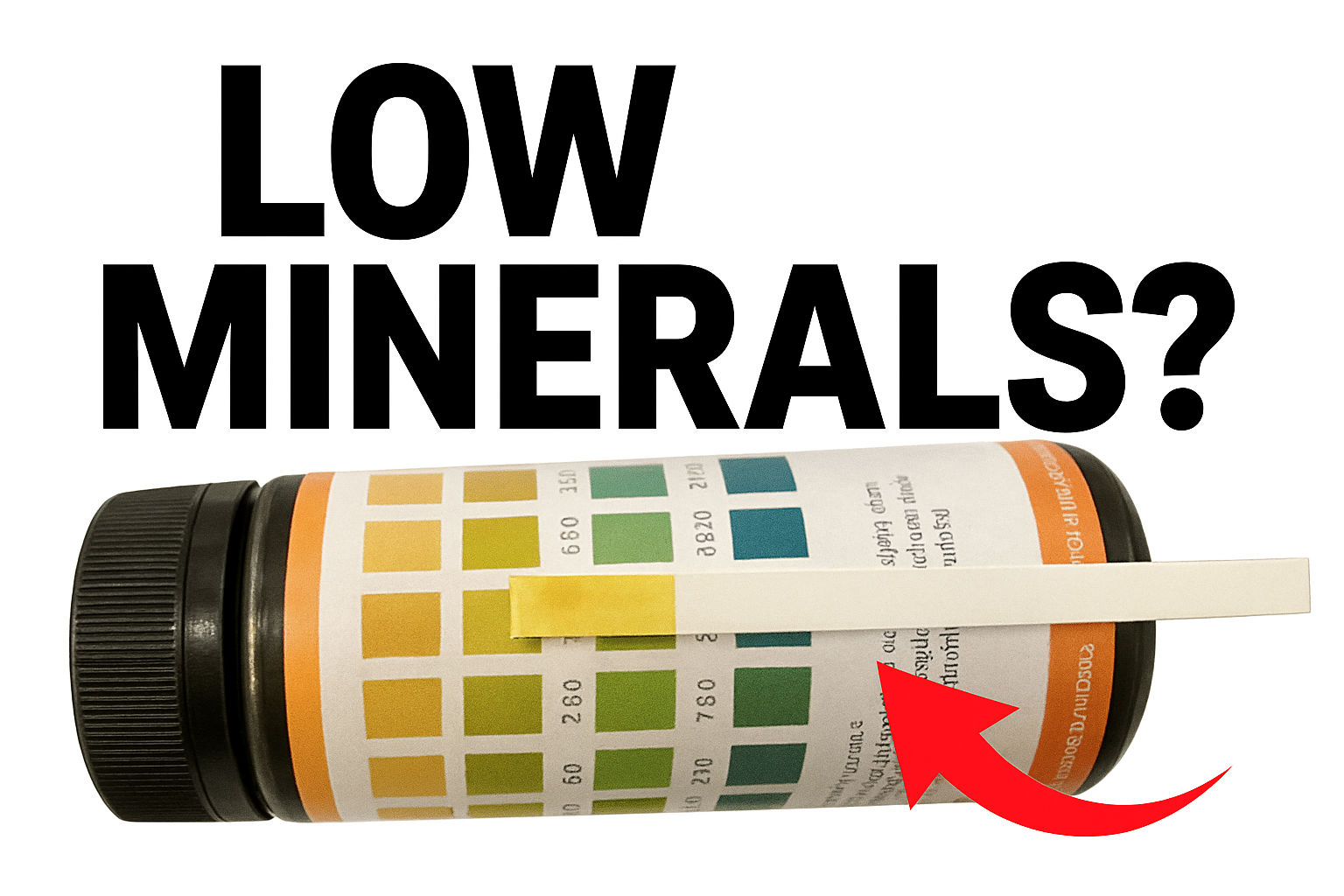It’s no secret today that athletes gain a competitive edge through proper strength training. We've spent over 21 years training athletes for a living and constantly refine our skills to make the "proper" into the best. Here is what we do at ascend perform.
The first thing we do when an athlete comes in is a detailed assessment to determine their strengths and weaknesses. Once we have this information we can build a program based on the data as well as the demands of their sport. Here’s what we look for.
LOWER BODY LENGTH TENSION ASSESSMENT
This determines what muscles are tight and need to be stretched. Some common ones we look at:
Saggital plane hamstrings
Adductors, long and short head
Tensor Fasciae Latae
Psoas and Rectus Femoris (quads)
Piriformis
We also perform some muscle tests to see how well they’re activated using a system called Reflexive Performance Reset.
STRENGTH TESTS
This is to determine a point of reference for where you’re at. We use a device to measure the velocity of an exercise. This provides an estimated one repetition max and also tells us what loads the athlete should be using to increase their power.
Here are some of the exercises we test to establish a baseline.
Bench Press
Back Squat
Counter Movement Jump: Arms Fixed and Arm Swing
Static Jump
Drop Jump
RSI (reactive strength index)
The reactive strength index (RSI) demonstrates an athlete’s ability to rapidly change from an eccentric motion into a concentric muscular contraction, and is an expression of their dynamic vertical jump capacity.
This represents their ability to utilize the stretch-shortening cycle (stored energy in the elastic system/tendons) and their explosive capabilities. The RSI has been show to have a strong relationship with both change of direction speed and acceleration speed.
FORCE VELOCITY PROFILE
Do you need more strength or more speed?
There are two components to producing force; strength and speed. A force-velocity profile shows you what needs to be focused on the most. I think of it in terms of ratios. If you need more strength than speed, the ratio might be 70/30. If you need more speed, the ratio might be 60/40. This is determined by having key performance indicators. Here’s an example of two athletes where one needed more strength and one needed more power.
KEY PERFORMANCE INDICATORS (KPIs)
From here we choose some exercises that we believe will be good indicators of performance. If these exercises improve what you need the most (strength, speed, or power), you will see improvements in your sport. These are referred to as Key Performance Indicators or KPIs. Testing your KPIs lets us know if your training program is moving you in the right direction. If it isn’t, we make adjustments to your training.
There’s been quite a bit of info given here. Let me use an example of a high school soccer player to put it all together.
Reilly Henderson returned to ascend perform after high school soccer ended. Last season his force velocity profile showed he needed more overall strength, this season showed he needed to train for more power/explosive strength.
His lower body length tension assessment showed he was a little tight in his hamstrings in the sagital plane, adductors, piriformis, and quads.
His Key Performance Indicators (KPI’s) for now are pull ups for the upper body and vertical jump height and the RSI Index test for the lower body. Here’s a video of a small amount of his training.
For his power and explosive strength training we vary different types of jumps and jump heights.
We do a lot of work on the astroturf with pushing and pulling sleds and sprints at different levels of resistance with the Run Rocket.
And we do still train for overall strength as well, predominately to build resiliency to common injuries that happen in soccer (hamstrings and feet and ankles).
For more info on how we train athletes, visit our webpage by clicking the button below.
For training inquires for athletes, you can reach us by email at info@ascendperform.com or call us at 864-787-1590.







